Kristin Kwan is an artist who makes illustrative paintings and drawings, living with her family and crowd of pets in Lincoln, NE. Her artwork uses elements of fantasy and allegory to explore themes of life, death, and rebirth.
“When I was growing up my family moved many times, and every new home held mysteries and secrets. I dreamed of hidden stairways that led to unknown attics, or cellars underneath that held forgotten treasures. I knew I could get there if I just kept looking. That low door is still elusive, but when I pick up my pencil or paint brush I can find it for a little while. When I paint I try to bring some of that magic country back with me.” – Kristin Kwan
Thank you for taking the time to talk with me, Kristin! Let’s start at the beginning. How and when did your artistic journey begin?
Well, I’ve always enjoyed drawing from the time I could hold a pencil, and I feel like I definitely had a natural inclination to make pictures. My parents were very encouraging and supportive, I was always provided with plenty of fresh paper and real art supplies, which I think makes a big difference to a child developing ideas about what they want to do with their life. I was also very interested in natural history at a young age, was an obsessive bird watcher, and now as an adult with my own child feel a little stunned at the tolerance my mom had with my hobby, allowing me to bring home dead birds and skin and stuff them.
I was homeschooled from 6th through 11th grade, so there was always time for weird personal projects, and I was lucky to grow up before smartphones, so days were filled with trips to the library, wandering in the woods, and drawing.
I find your figure work to be sublime; from fantasy creatures to more human figures, it’s truly moving. I very much admire the familiar and yet otherworldly sense of place evoked with your imagery. Maybe it was just a throwaway answer to a random Instagram question but I read you describe painting whatever pops in your mind and, that a bit like recurring dreams, you don’t pick them but just follow. But I’m really interested! I suppose it’s a variation on the age-old worst ever question where do you get your ideas but I’m just so enchanted with your vision that I can’t help but wonder.
Hahaha, it’s a hard question to answer, but perfectly valid! I know so many artists I admire who I’d love to ask the same thing of. I’m not really sure where ideas for paintings come from, I really do think it’s a lot like the process of dreaming, where all our experiences get run through some kind of meaning making machine and bits and pieces get picked out to include, but why and how is a mystery.
I don’t do any kind of brainstorming or intentional work to come up with ideas, but I do try to be very intentional about making note of them when they occur. I have a small sketchbook I keep almost exclusively for that, and if I don’t have it with me and and an idea pops into my head I will text myself a note so I remember. I have found the more I make note of these ideas as they occur, the more likely I am to have more, and more often. The sketches I make initially are incredibly rudimentary, really only notes to catch the idea. Many of them don’t turn into anything, and sometimes they may sit in a sketchbook for years until the moment feels right and I make a painting from it.
Of course the ideas ultimately come from the many things I am filling my head with, and I do look at a lot of art, northern renaissance painting, pre-raphaelite art, surrealist art, and pulp science fiction cover art are some kinds I find particularly appealing. I also find a lot of inspiration in nature, my garden, and my daily walks outside.
You work primarily in oil, correct? Could you walk us through your process?
Yes! It’s my favorite thing to paint with these days, I love the ability to layer and get a lot of depth and vibrancy. I always start with a fairly detailed sketch. Sometimes if the painting is larger or more complex I might use photoshop to decide on the colors I want to use, which I’ve found incredibly helpful in making more bold choices. I print out my sketch at the size of the panel I’ll be painting on and transfer it to the panel using graphite paper layered under the printout, then spray some workable fixative on it so it doesn’t smudge off. Next I tone the panel with burnt sienna fluid acrylic and bring out light areas using white acrylic to create a very simple underpainting.
I used to do this part using oils, but found the process of toning the panel, because of covering the large surface area using solvent, to create too many fumes in the studio and it felt really unhealthy. It’s also nice to have the underpainting dry quickly and be able to start painting right away.
After I have my underpainting I start putting in color in pretty thin layers, I used gamsol to thin the paint at this stage, and start building up the painting bit by little bit. I’m quite slow, partly because it feels like I’m trying to figure out what the heck I’m doing with every new painting!
I always try to gather and create my reference material before I start painting, but inevitably I need to fill in gaps so I spend (or waste) quite a bit of time looking at pictures on the internet of obscure details, things like what do the stamens look like in this particular flower, or what do the under tail covert feathers look like on this particular bird. I do in reality waste quite a bit of time this way, but also I’ve gone down so many interesting rabbit holes that I never would have otherwise, which I actually think is a job benefit, like abnormal antler development in deer, or the Glastonbury thorn a selection of common hawthorn in England that flowers twice a year and has an interesting story. All these incredibly interesting things I get an excuse to read about, and I like to think that maybe the ghost of the story gets into the painting and gives it a kind of soul, but honestly that’s me justifying indulging some very attention deficient tendencies.
How did you arrive at your current methods and how has your work evolved over the years?
I used to paint mostly in watercolor, and then took a long hiatus from painting after having my daughter. When I started up again I had some random art materials I had collected, including a pre gessoed panel, which I made a small painting on in 2016 and found I absolutely loved working on a panel vs on canvas or with watercolor on paper. At the time I had felt very much at loose ends not knowing which direction I wanted to pursue in a more directed way, but after trying that surface I knew it was something that would hold my interest for a long time and offer a lot of scope for playing around in. I think the main thing is finding something you want to do over and over again and going with that.
I think the technique works very well for the type of paintings I want to make right now, and the fairly tight restrictions I place on the work towards the beginning of the process, a detailed sketch, deciding on colors before painting, allow me to feel much more free and expressive as I work on the painting in later stages.
One of the things I feel like made a very big move forward for me in my work was to do a lot of figure and face sketches from reference found on the internet. Technical ability is of course not everything, but being able to produce what you want when you want it is a really useful tool to have, and it’s something I have to remind myself to take time for practicing.
Personally, I collect a lot of sketchbooks and books of drawings. And I’ve got to say, your 2018 book, Mermaids is one of my very favorites. It’s one of the finest collections of drawings of mermaids (or otherwise!) currently on my bookshelf. I know it was a #MerMay project; could you talk some about your thought process behind the collection? I’m struck by the wonderful variety.
Oh my goodness, well thank you so much! That was an amazing challenge and I was at just the right point in my life to have the time and energy to do it. As it happened my daughter was in swimming classes during that May, and I would sit in the viewing area while she was in the pool and make thumbnails of mermaids in my sketchbook, then pick from my thumbnails for each day to make into a more finished sketch. The thumbnails really only have enough detail to show the shape and flow of the idea, so each mermaid started mostly as a pose, trying to make an interesting shape. Then when I did the drawing I just kind of let the details come from “happy accidents.”
Also! I can’t help but notice that little “vol. I” in the upper right corner. Any plans for a second series?
Ha! It was probably a slightly optimistic touch, but the idea is I’ll make a collection of sketches and get it printed up every once in a while. I don’t currently have a vol. II ready to go, but that’s something I’m sure I’ll do at some point in the future.
What’s next for your gallery work? You do a number of shows throughout the year and I’m curious to hear what you might be interested to share about upcoming projects or works in progress.
I’ve got a solo show opening August 13 at Nucleus in Alhambra, CA. And I’ll be participating in a few group shows towards the end of the year including one at Corey Helford Gallery, which I’m so excited about because I have a very good excuse to paint another unicorn.
Thank you for taking the time to talk today, Kristin! Where can people find more about your work and follow along?
Thank YOU! My website is www.kristinkwan.com and I’m usually lurking around Instagram, my handle is @kristinkwanart


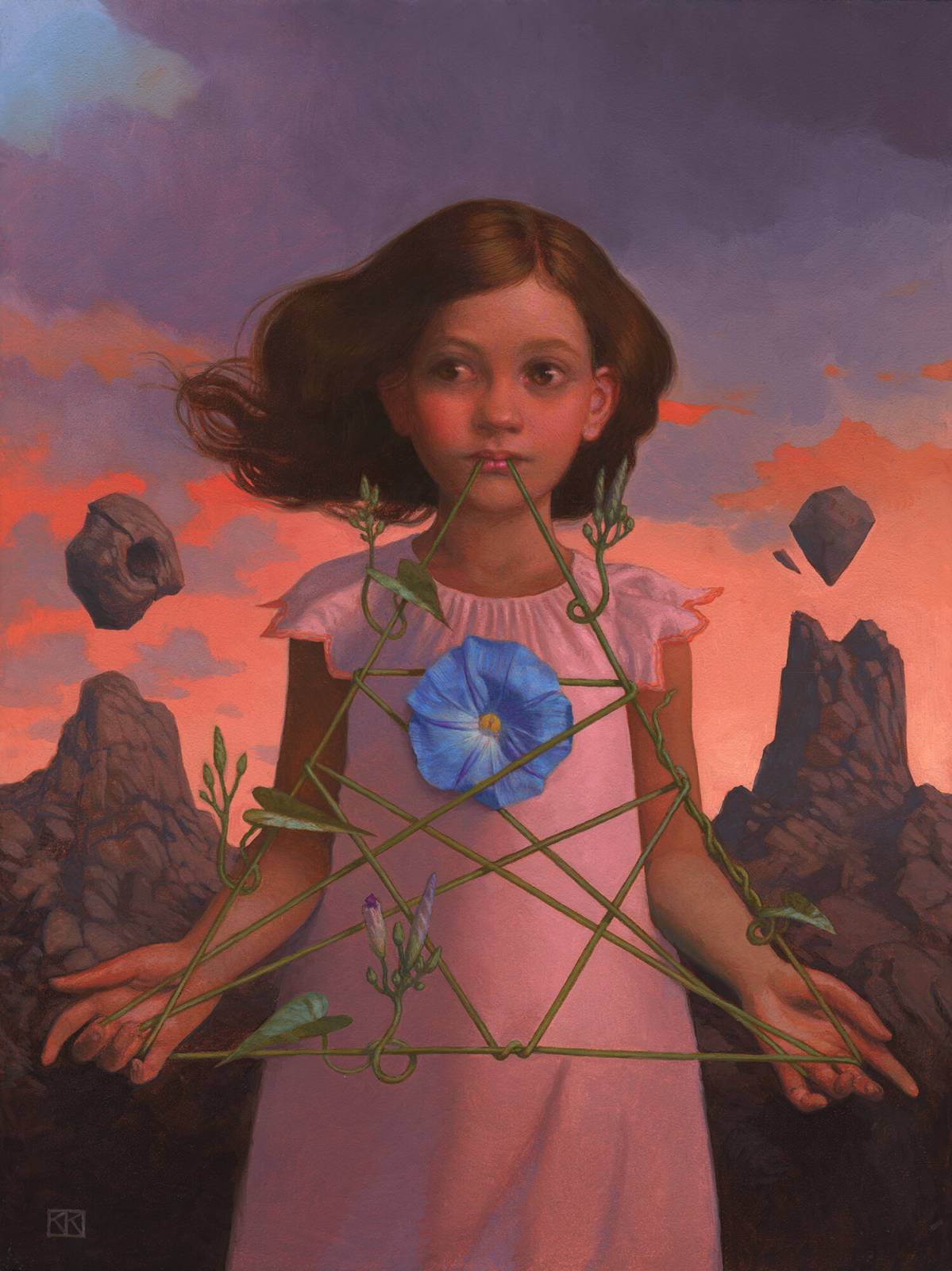
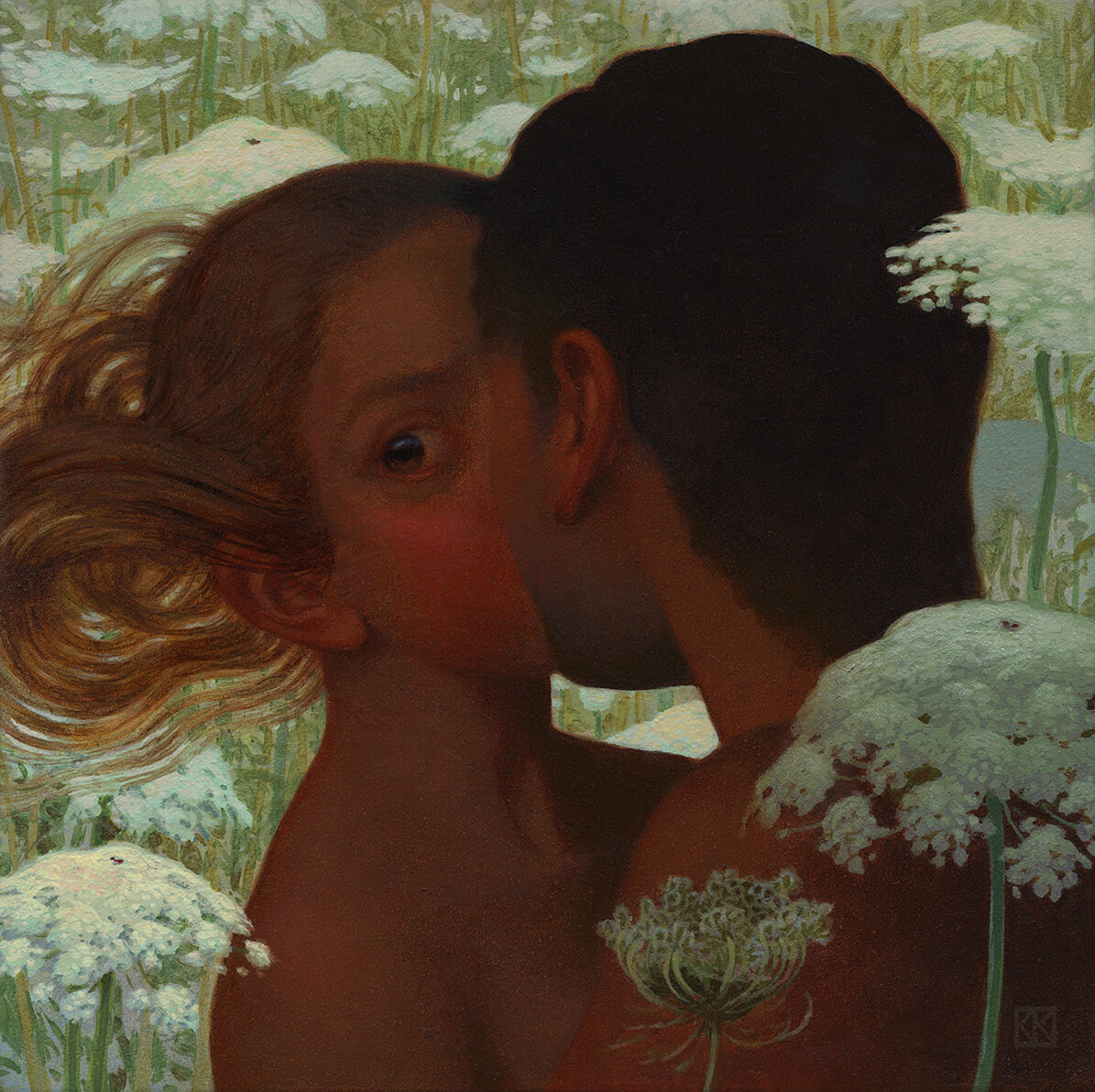



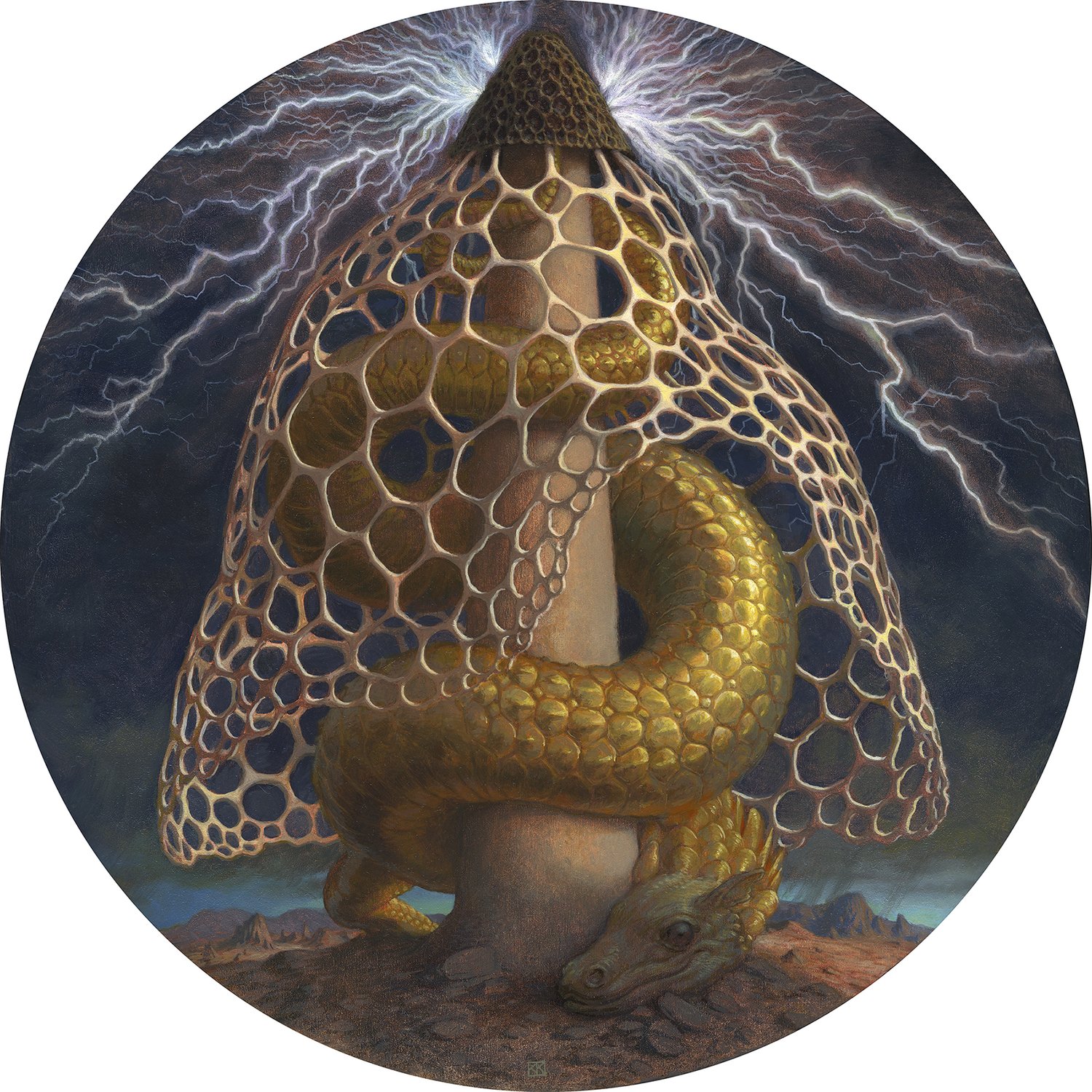
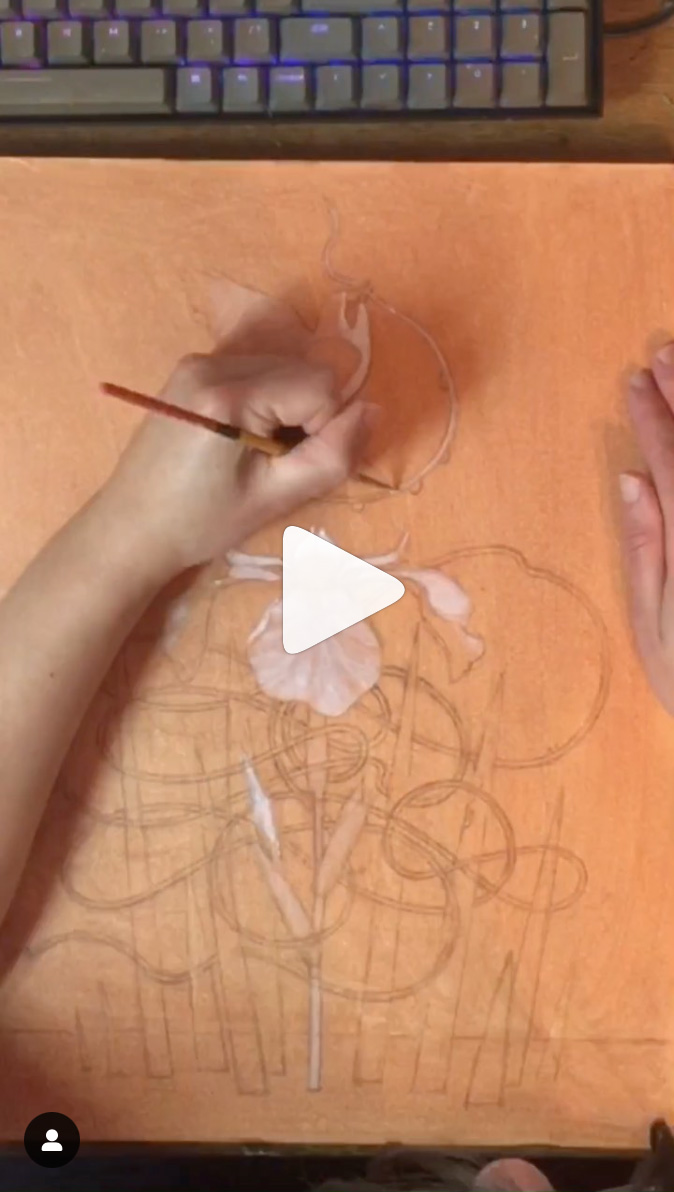
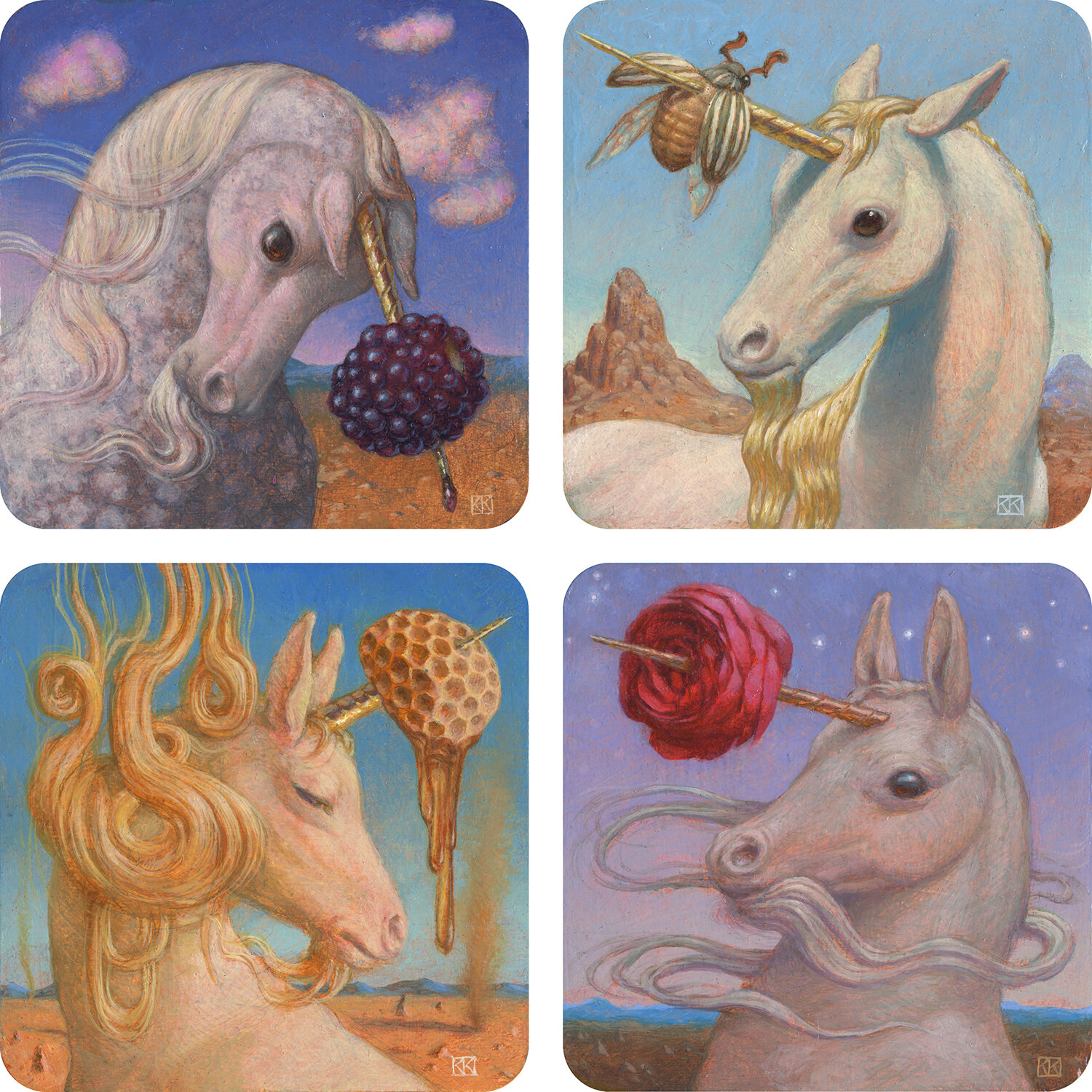
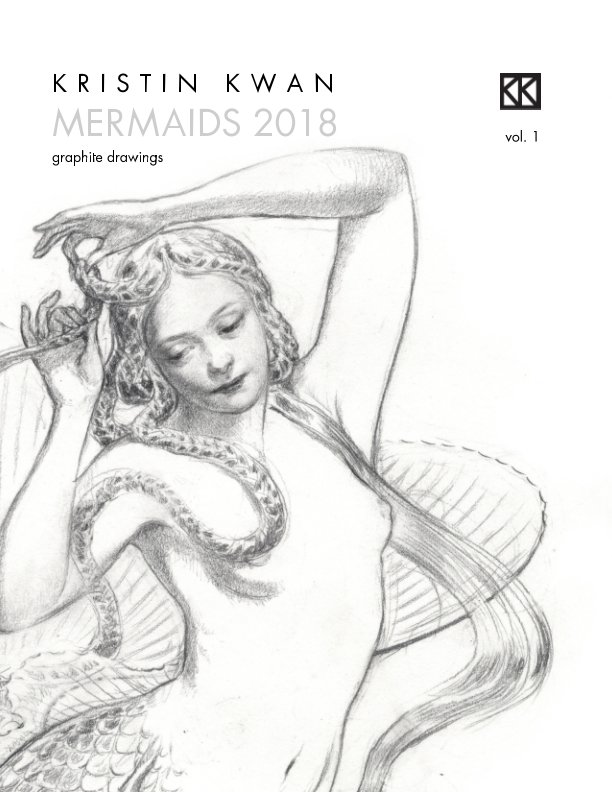
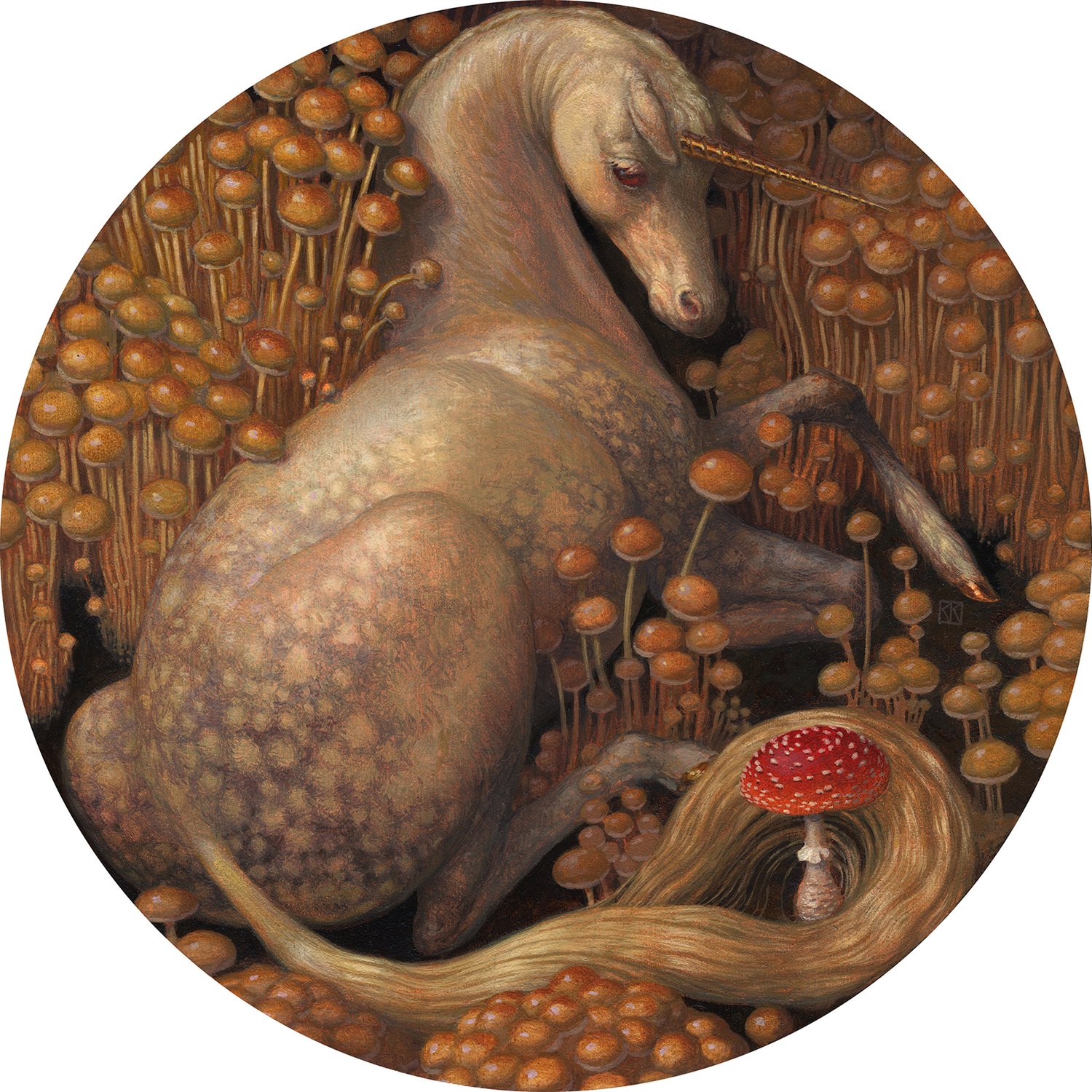
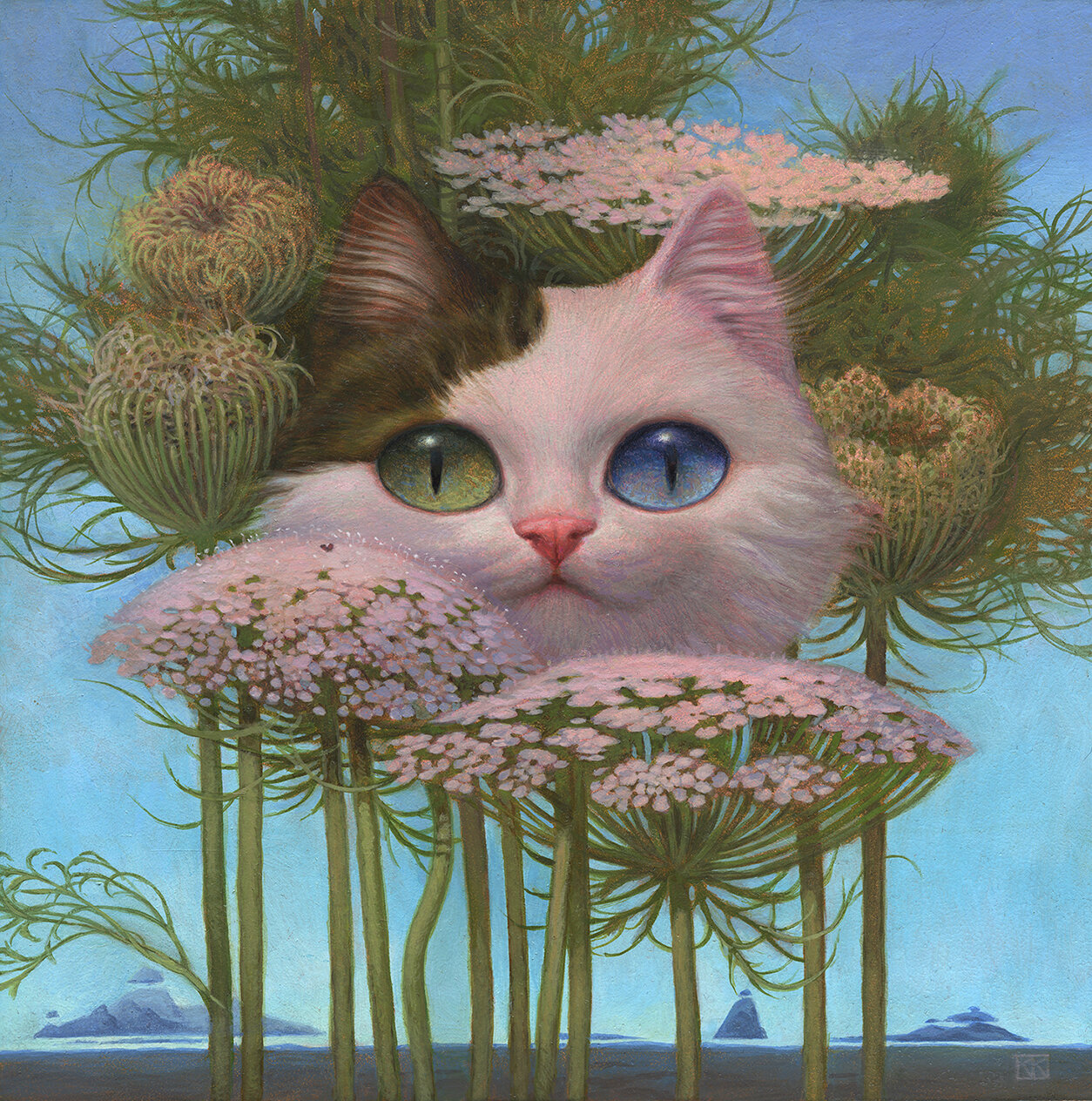
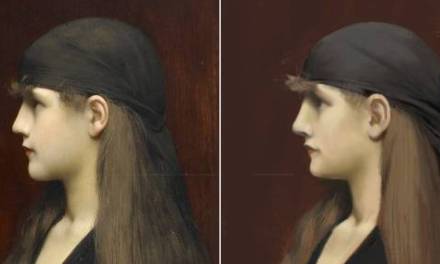
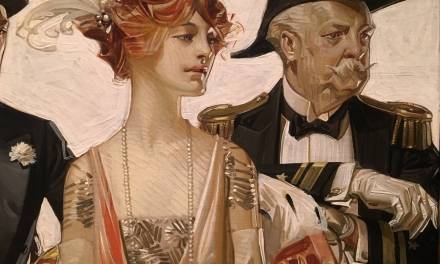
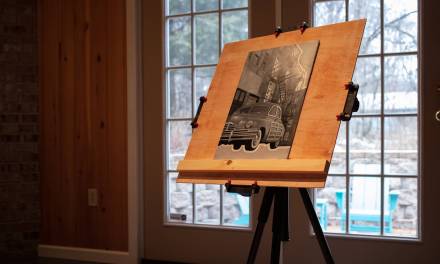
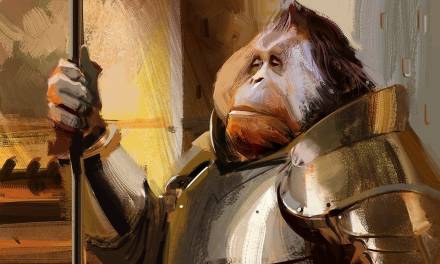

Delightful interview, Cory. Thanks for introduce me to the work of Kristin, I loved it.
You are welcome! Glad you enjoyed it.
I think this artist will be in the books of our kids!